Curators: Holger Nickisch en Alice Smits
Artists: Robbert van der Horst, Danielle van Vree, Henry Alles, Elke Uitentuis and Katarína Gališinová in collaboration with We Are Here, Henriëtte Waal, Inge Meijer, Holger Nickisch, MIR in collaboration with Hannah Vosseberg, Nicola Arthen, de Onkruidenier, VanRoelink
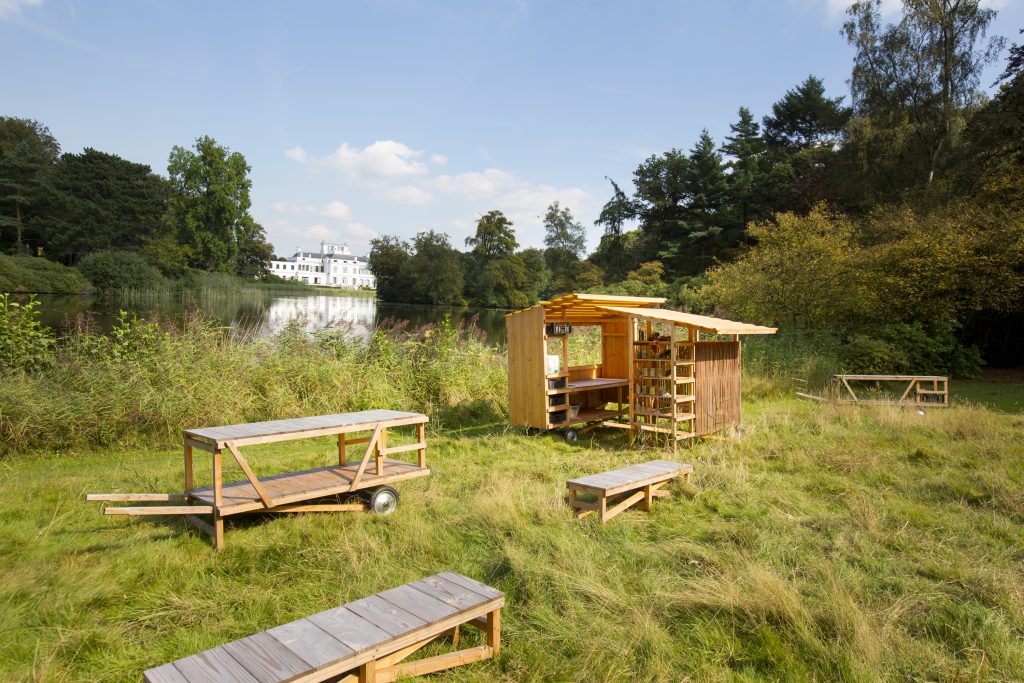
Going Nomad is an exhibition that researches diverse aspects of nomadic living and thinking and will take place in and around het Glazen Huis in the Amstelpark. In the 21st century, more people wander around the world voluntarily or forced as a result of social, political, economical and technological developments. This means that there should be more attention to temporary, dynamic, social and communally formed architecture. While the static established architecture stands for domination over nature, controlling the environment and verticality, the nomadic forms of living constantly adapt to changing environments, have a small ecological footprint and are horizontally organized.
Henriëtte Waal brews beer from the water of the Amstel river, Henry Alles temporarily settles his TAIR (Temporary Artist in Residence) in the Amstelpark, Robbert van der Horst invites park visitors to start building and constructing, VanRoelink organizes a series of workshops for children in which they build a shelter together, while de Onkruidenier considers the Amstelpark to be a supermarkt, Elke Uitentuis travels the nomadic life together with refugees and participants of We Are Here, and Danielle van Vree organizes a series of performances around the meeting between human and surrounding.
Have a look at the complete public programme: https://zone2source.net//en/5406-2/
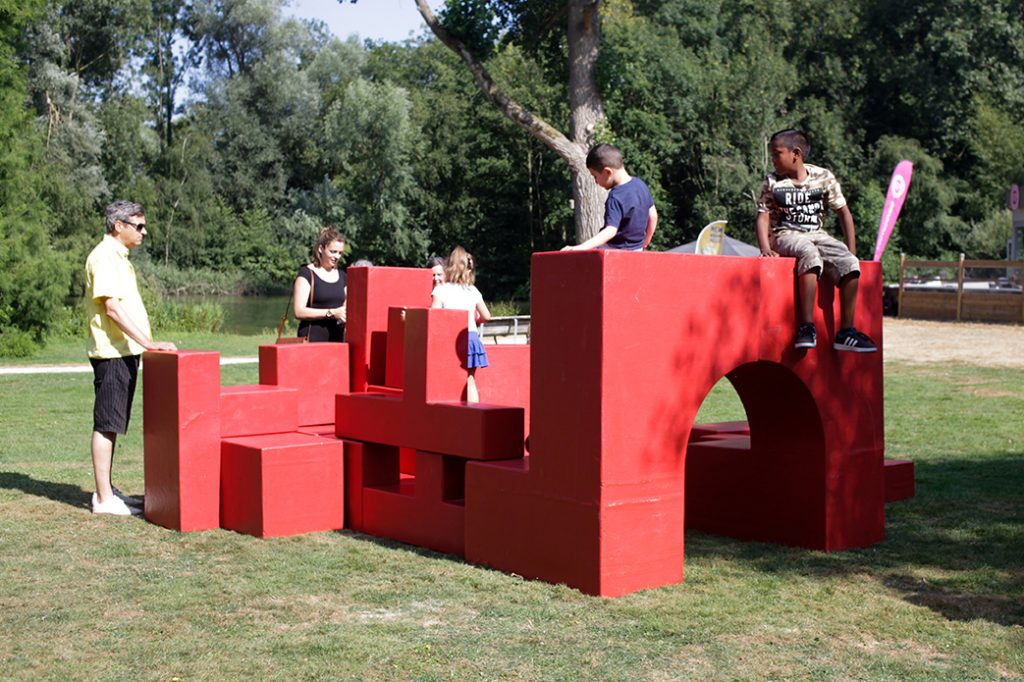
Photo: Coco Duivenvoorde
Robbert van der Horst makes temporary buildings that question our relationship with the surrounding landscape. In October 2017 he realized the first test phase of Complex Compound – an experiment with interactive, volatile architecture – in the Amstelpark. This work is now further developed for Going Nomad. Complex Compound consists of a composition of 20 movable architectonic elements. By interactions of the visitors new compositions are created and become dispersed throughout the park. In this way, Complex Compound creates an archaeological site for the park. From this volatile view of architecture, the work expresses the process in which buildings fade away through nature, conflict or policy or as traces included in new constructions. Van der Horst positions the building as temporary results of social interaction and examines not only the essence of its building, but also maps its surroundings. In collaboration with a diversity of partners, all elements are connected to the Internet of Things (LORA), and collect realtime data about the position and extent of movement. In this way a dynamic digital map is created which functions as a historical report and steers new ways of utilization. The map can be found on the website complexcompound.app
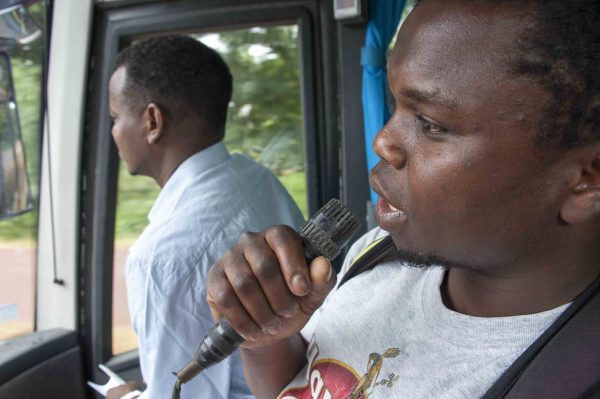
Photo: Manette Ingenegeren
For years, artists Elke Uitentuis and Katarína Gališinová have been involved with the protest movement We Are Here – a collective of refugees in limbo, who fight for the rights of this marginalized group. For ‘Going Nomad’ the collective developed ‘We Are Here and Have Been Here’ – a series of excursions to many of the buildings where the refugee collective We Are Here has lived. Squatting vacant buildings is a bitter necessity, because 24/7 shelter is not (yet) provided. The three excursions altogether give an insight into the complex journey of We Are Here throughout the city. Guides of the refugee collective will tell about their fight for rights for refugees in limbo, about the various squatted buildings, the negotiations with property owners, the political game behind the scenes, the living circumstances, the demonstrations, the losses and gains. Here they offer a view onto the shadow side of contemporary nomadic life.
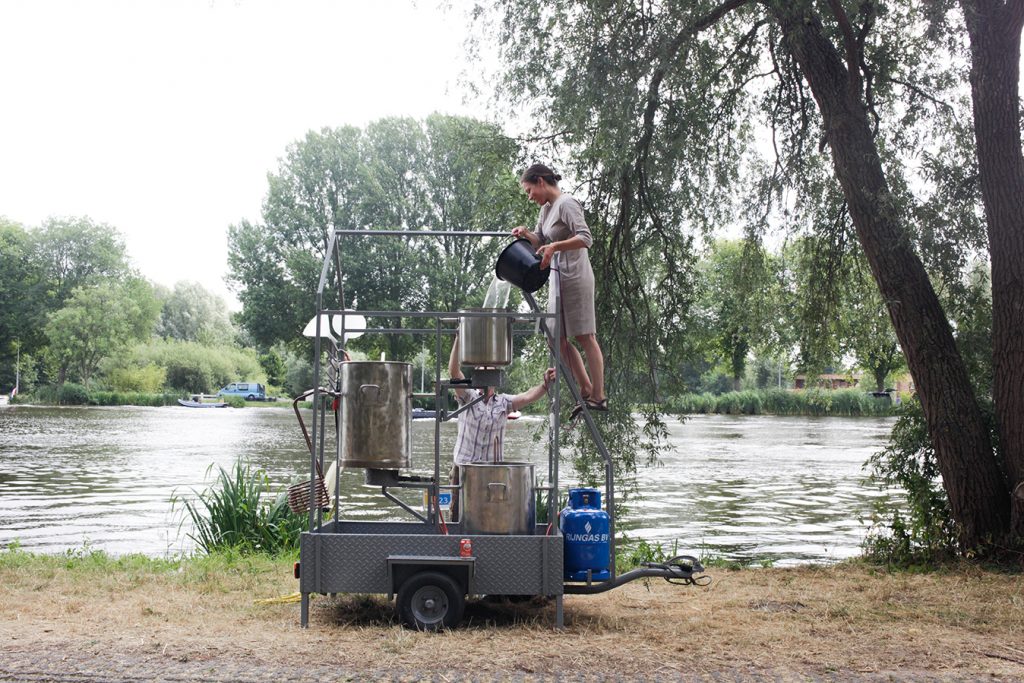
Photo: Coco Duivenvoorde
During Going Nomad, Henriëtte Waal sets up the Buitenbrouwerij (outdoor brewery) in the Amstelpark, with which local and unique beer can be brewed on location. The Buitenbrouwerij cleans local (trench) water and makes it drinkable as beer. The design came about with various amateur brewers and travels through Europe in search of special local tastes for almost 10 years. By hanging brewing pots at different heights, the liquid can be transferred without pump or heavy lifting. An extra waterfilter for micro-organisms is build in. The pots can be transferred while hanging, in order for the beer broth to be tilted. The beer can be made from rain water, snow or water from canals and is littered with local plants. In the Amstelpark a unique Amstelpils will be brewed with water from the pond – the beer barrels will be placed in het Glazen Huis – and will be tasted on the last day of the exhibition. Along with the documentation of 10 years Buitenbrouwerij will be shown in het Glazen Huis in the form of a couple of maquettes that show the various landscapes where the brewery has been temporarily situated.
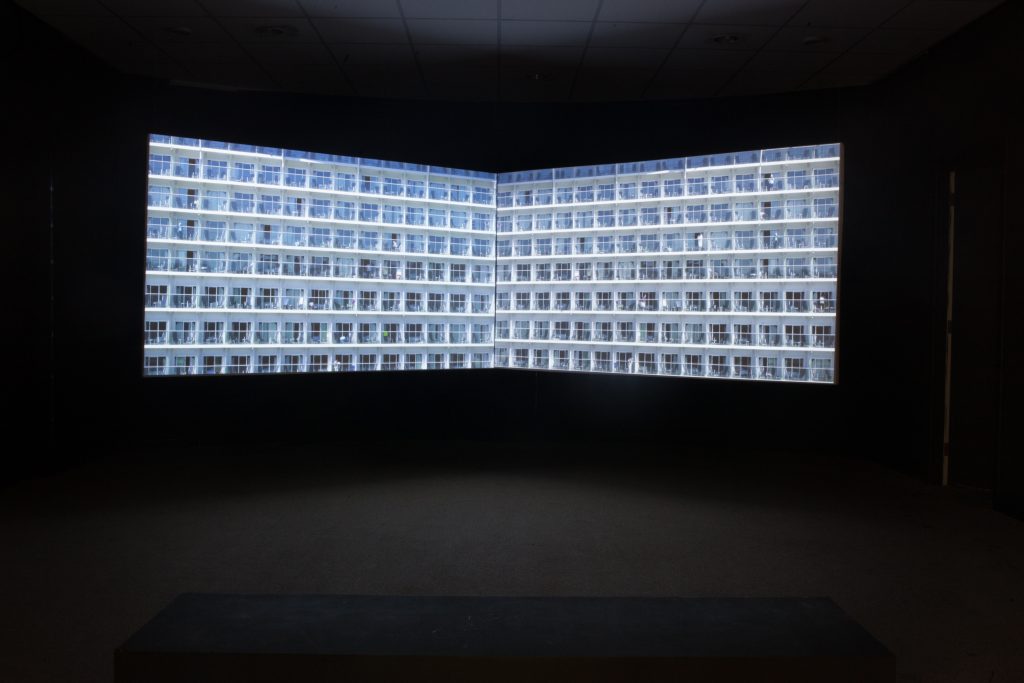
Photo: Coco Duivenvoorde
In the backroom of het Glazen Huis, the video diptych Beautiful Isle of Somewhere is shown. Inge Meijer examines the re-creation of three touristic locations, in which the architectonic and/or ecological context stands separate of its surroundings. The work forms a new framework for the imagination of copied surroundings that evoke recognition and are totally strange at the same time. As such, the world’s largest indoor rainforest is situated at the former Luftwaffe airport just outside of Berlin for example. The images search for the unearthing of the surrounding and give insight into the far-reaching technological possibility such as a self-sufficient floating village that floats from city to city. Although these places are created for relaxation and holidays, they could possibly be seen as a future vision. The diptych thus creates a vision for the future of decontextualization.
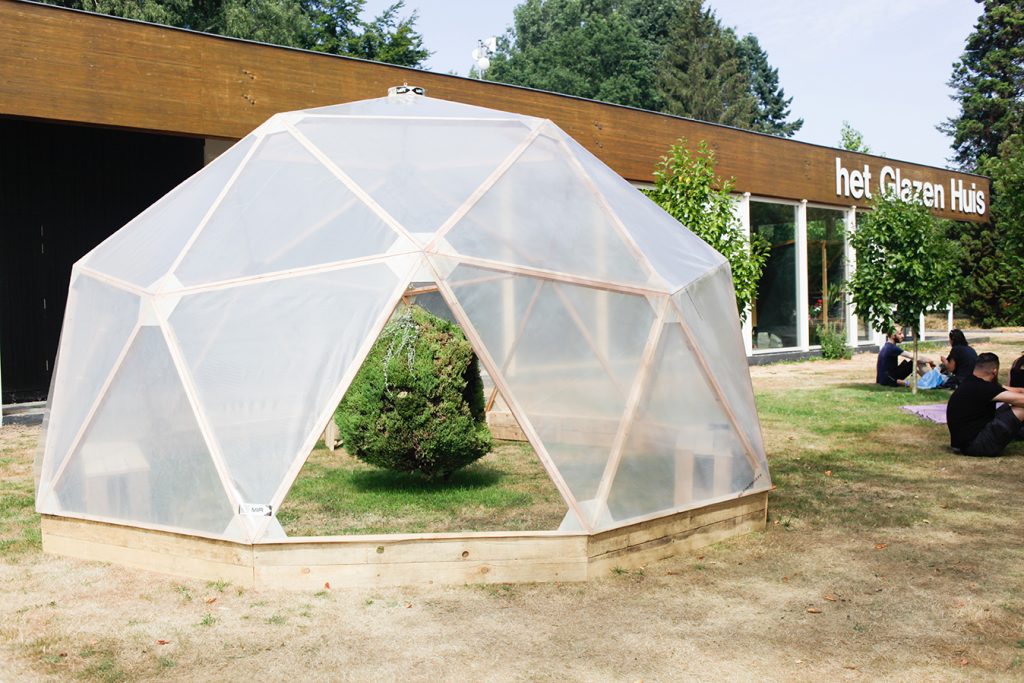
Photo: Coco Duivenvoorde
MIR is a reference to the first permanently inhabited space station that crashed on the earth in 2001. The MIR-project (Alphons ter Avest and Anouk Mastenbroek) is built as an expedition station for art projects on locations outside. It is autarkic and can be completely folded up for storage in a container. MIR focuses mainly on art forms that have got a link with technology and science. For the Amstelpark, they make a small, mobile version that serves as a temporary residence for the work of Hannah Vosseberg; a biotope – a human made bulb made of natural elements. The biotope is the smallest possible habitat in which life is possible. The spreading of flora follows a nomadic principal; plants are continuously on the way to germinate on new earth. This means that not every project turns out successfully. Not everything can ground and climatological aspects play a big role. Climate can be applied artificially in order for plants to live independently of their surroundings.
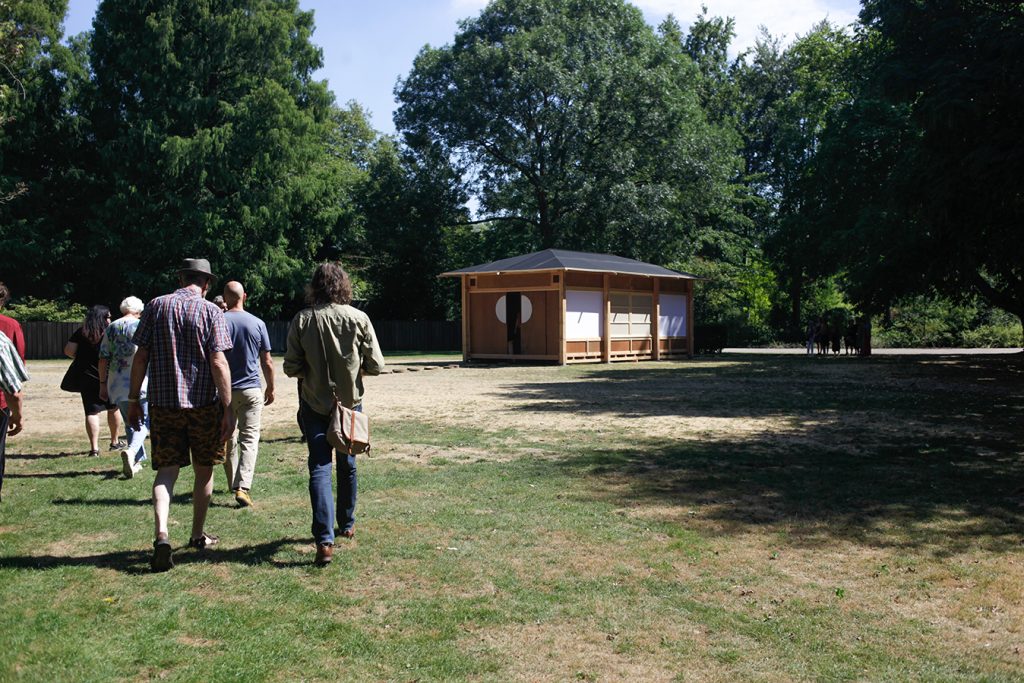
Photo: Coco Duivenvoorde
Concept and Performances: Danielle van Vree
Design and realisation ‘Performing Space’: Aart Jilesen
Performing Space is an open construction that refers to different functions but that doesn’t define the space. By utilizing various additives to the room, like sliding panels and sliding windows, the space can be transformed to a closed space or open space. Performing Space stands for two things: it is the space where you perform – but it is, literally ‘the performing space’. For Performing Space, Danielle van Vree develops three performances: Act of Time, Act of Observing en Act of Presence. Besides a physical space, Performing space is also a mental space in which Danielle van Vree wants to explore the movements of thoughts in the physical space and deepen out our relation to certain actions. The performances question time, observations and presence within a spatial and sensory experience.
Throughout the three weekends in which the performances take place, there will be three guests; Philosopher and writer Joke Hermsen who will give a lecture about nomadic time, guest artist Anet van de Elzen will develop a performance specifically for Performance Space and philosopher dr. Rob van Gerwen will give a lecture: ‘Seeing people; on perception and representation’.
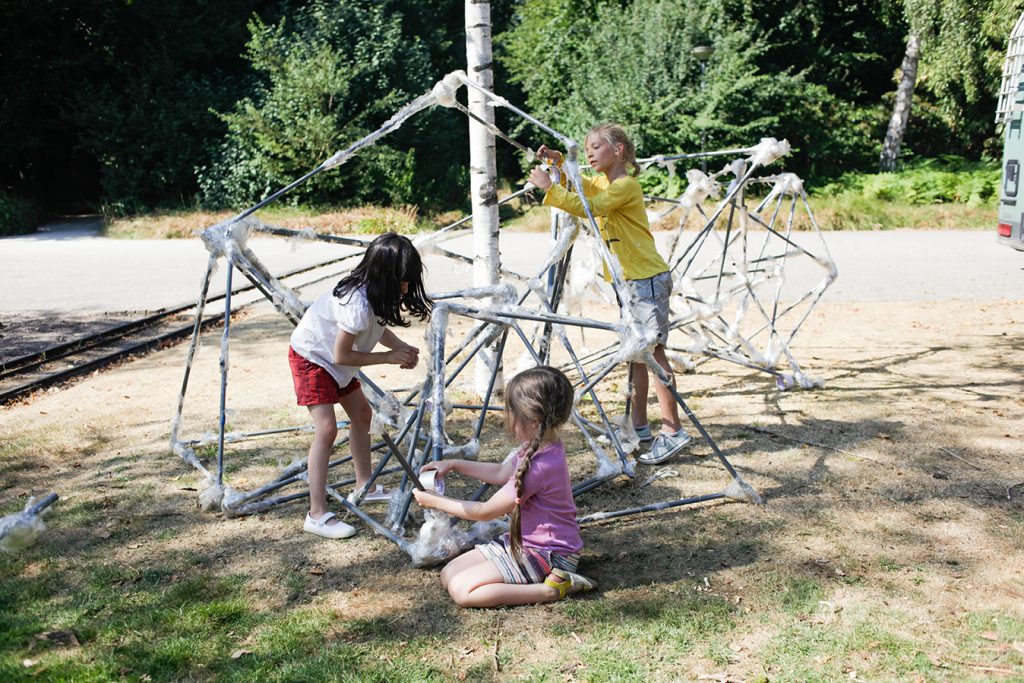
Photo: Coco Duivenvoorde
VanRoelink is the duo Femke van Heugten and Robert Roelink. As art nomads, they live a wandering existence with their camper. From this mobile house they initiate reflective creative projects with a minimal ecological footprint. ‘Nurture Nature’ is a growing artwork of nomadic nature. The installation will develop in the manner of the growing processes in nature. All phases of building will be visible during the exhibitions, and will also occur together with the public. Eventually, a ‘Shelter’ will be created, which is just large enough to enter. The basis is a nomadic tent structure, which will be connected to VanRoelink’s house on wheels now situated in the park. The essential point is making space in relation to nature. In this way, the amount of space we need and provide is researched and physically experienced. During the exhibition period, the artist duo will hold workshops in which the experience of space and the use of water play the main role. But the question will return: what does ‘Going Nomad’ mean in terms of the future of the Earth? (for workshops, see public programme).
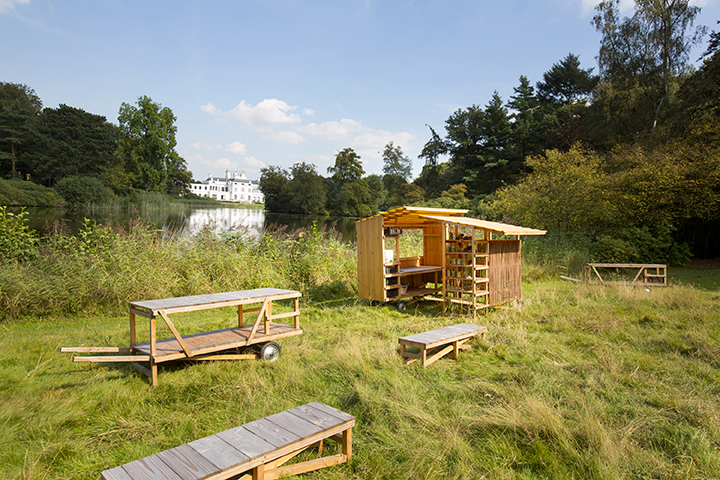
Wild plants which we find in parks, roadsides and between paving tiles in the city are usually perceived as unwanted. But what applications of these plants can be discovered? How can we use the green in the city as a large pantry? Buurtsuper de Onkruidenier – an open air supermarket – will come to the Amstelpark with the mobile Veldwerkplaats during Going Nomad. It is not a traditional convenience store with products and bonuscards, but a collective search for a new relation between city people and city plants in our own living area. In the Amstelpark, de Onkruidenier is going to map the flora of the Heemtuin. This garden has been planted with ‘threatened flora’ including more than 400 sorts of plants. Since then, how many of these varieties have been permanently settled in the park, have disappeared or have further overgrown? Or have other wild plants from elsewhere expanded in the Heemtuin? What new balance has occurred in this biotope? To what extent do plants lead a nomadic or migrating life? What are their methods to spread? Together with visitors and experts, de Onkruidenier will research the stories and possible interpretations of the plants in the weekend of August 18 and 19 (see public program).
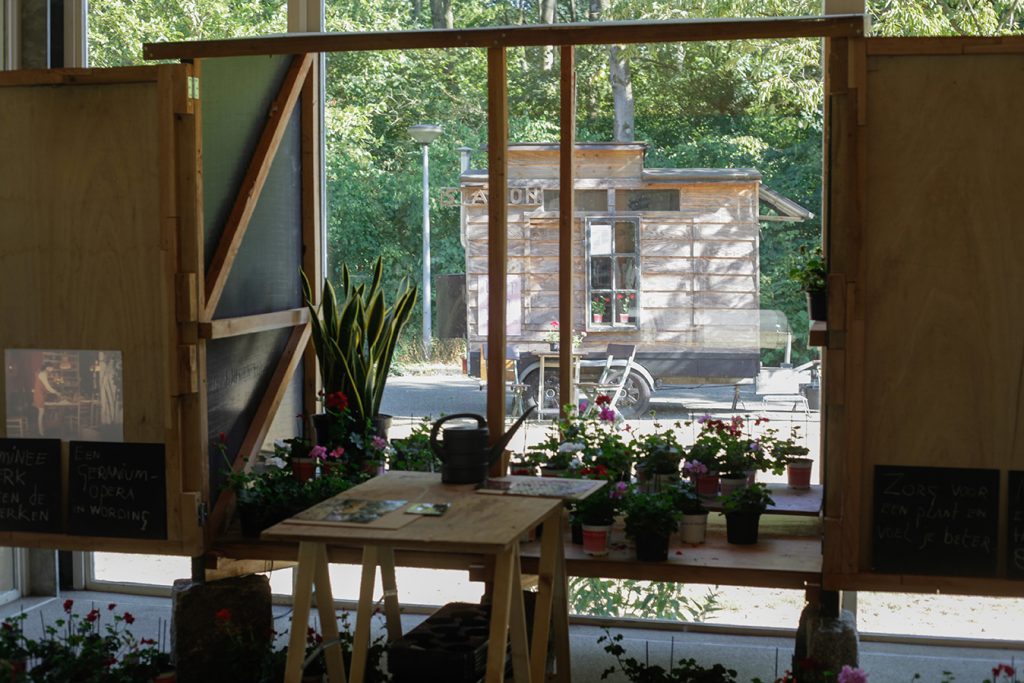
Photo: Coco Duivenvoorde
Henry Alles is a theatre maker, producer, visual artist and initiator of artist residencies. He leads Landscape Labs, a platform for artistic research that focuses on the role of humans in their living environments. The TAIR (Temporary Artist in Residence) is a flexible residence with its own power supply, cooking facilities and heating, which is usable everywhere for the exploration of rural or urban landscape. The WAIR is a movable flex-location for inside use. From the TAIR and WAIR, Henry Alles will research the archaeology of the newest history after 50 years of the Floriade, between 1972 and 2022, the relation between human and living room plants, politics and sustainability. Besides the Amstelpark, the TAIR will travel to other Floriade locations to create site-specific theatre by means of cartography, meetings and collections. The research is being developed and shared with the public through performances, presentations and interventions. The TAIR will be in the Amstelpark from 22 July to 29 July and 1 to 9 September. The WAIR will be situated in het Glazen Huis throughout the entire exhibition period.
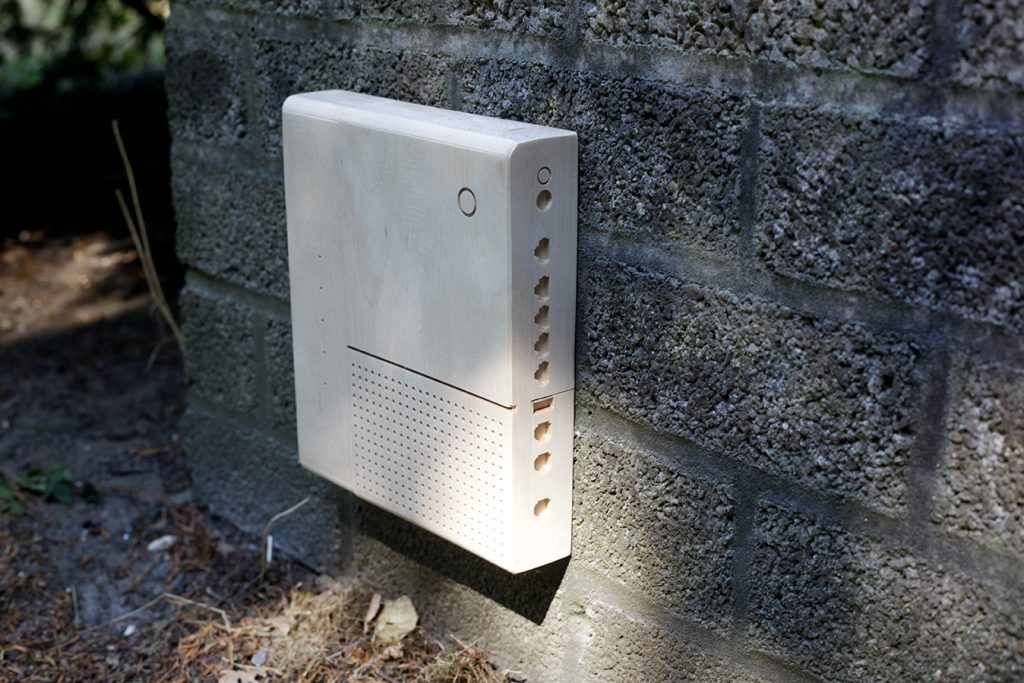
Photo: Coco Duivenvoorde
Hazard (Omnis) is made on an existing location outside in the park, but can also be experienced as a space indoors. A structure of walls form an inside space which have been weathered by natural processes over the years. These walls will be cleaned under high pressure in order to retrieve the light and porous finish they used to have – a texture that reminds of the pueblo architecture of the old Meso-American peoples. When one thinks about the park as a public space, as a space where people meet, nomadic and temporary, what might come to mind are associations of advertisement photos of people working in the park with laptops or groups of children hunting for virtual Pokémon figures, just as they are regularly seen in the Amstelpark. Arthen installs objects on the wall in the park like wooden totems of the wireless era, a fictional wifirouter which has become the symbol for contemporary nomadic labour and entertainment. These objects are sawn out of massive wood with a computer assisted mill. The only access to written information they carry, is a text cut on the backside.
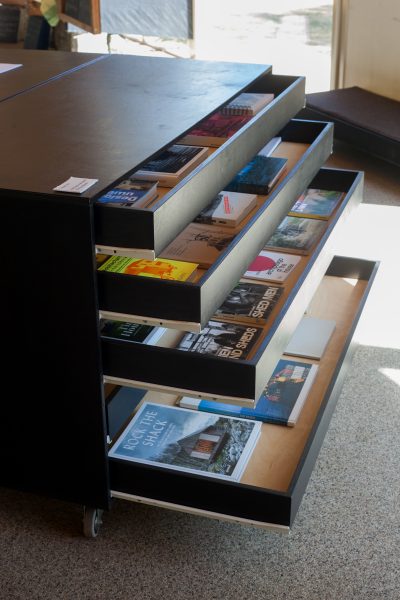
Photo: Coco Duivenvoorde
In het Glazen Huis, the work ‘Gehäuse’ will be built; a growing archive about nomadic architecture by curator/artist Holger Nickisch. The painting ‘Hieronymus in seinem Gehäuse’ by Antonello da Messina from 1460, in which the mobile study room is provided with anything one needs for studying, served as inspiration. For Nickisch, ‘Gehäuse’ is the prototype of a temporary and mobile house. The basis of the archive is the extensive library of Nickisch, who has been researching mobile architecture for decades. ‘Gehäuse’ will grow to a comprehensive and accessible archive during the exhibition, generously filled with material and knowledge about nomadic architecture for the visitors of Going Nomad.
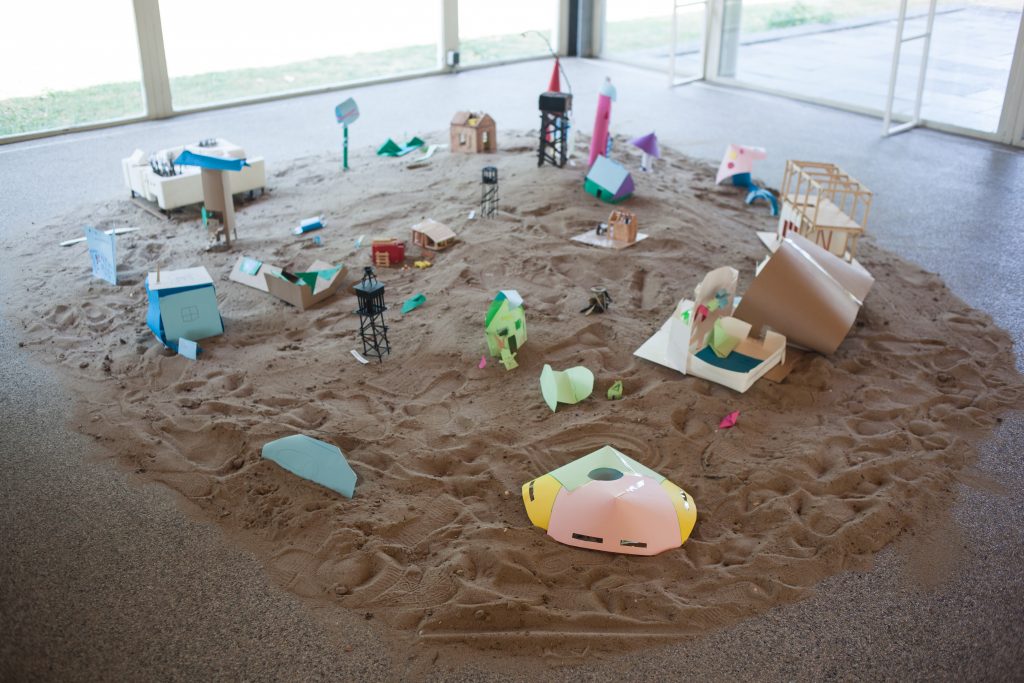
Photo: Coco Duivenvoorde
Next to the “study room”, maquettes of tiny houses made by a diversity of artists, designers and hobbyists will be presented on a sand floor in het Glazen Huis. There will also be a construction corner to create your own models for nomadic architecture. In this way, a city of proposals from experts and amateurs about nomadic living will grow over the duration of the exhibition.
Going Nomad Brochure
[URIS id=9251]
This exhibition has been financially supported by:
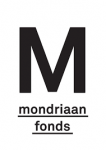

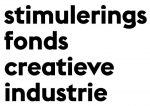
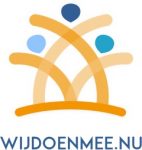


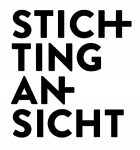
The Glass House